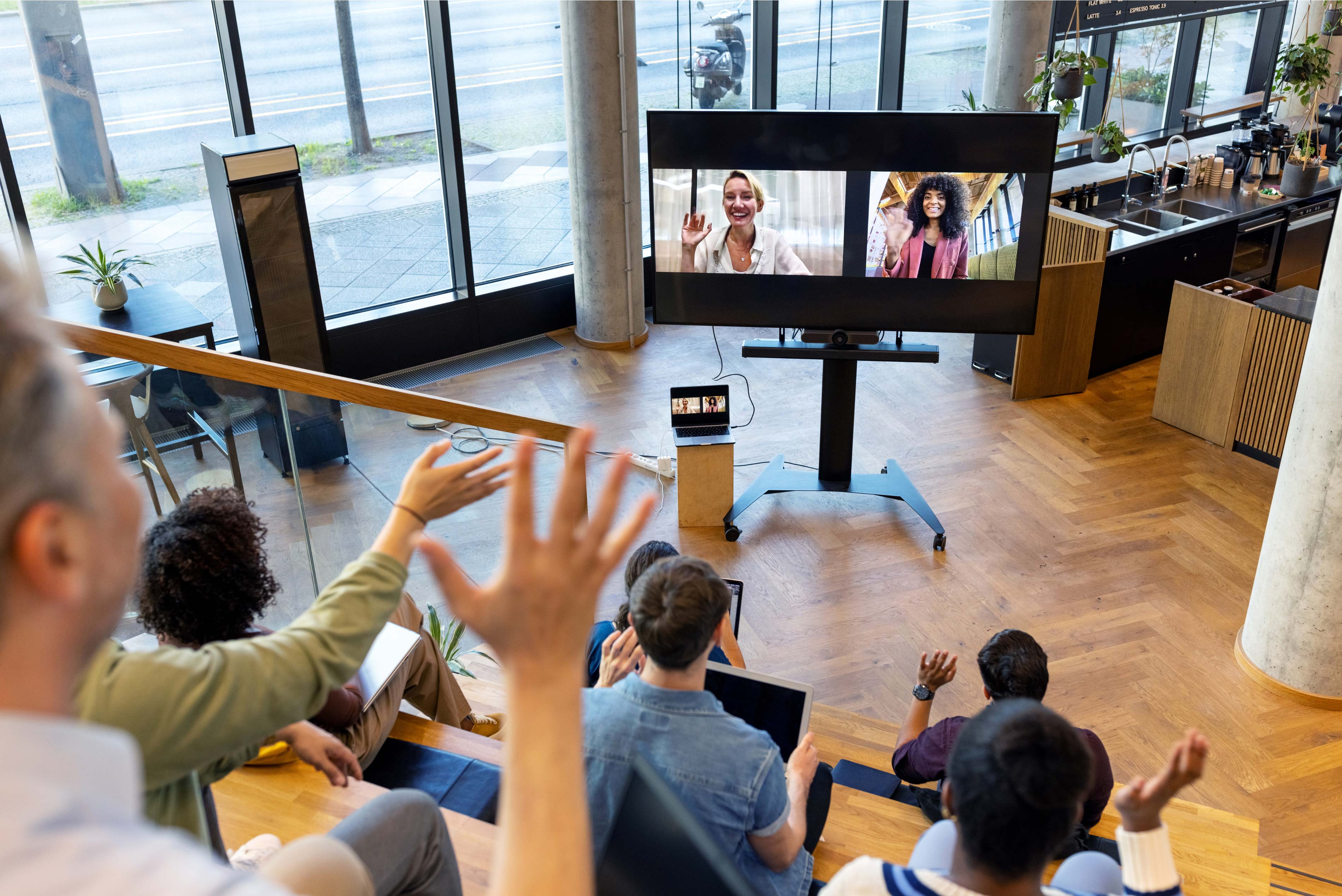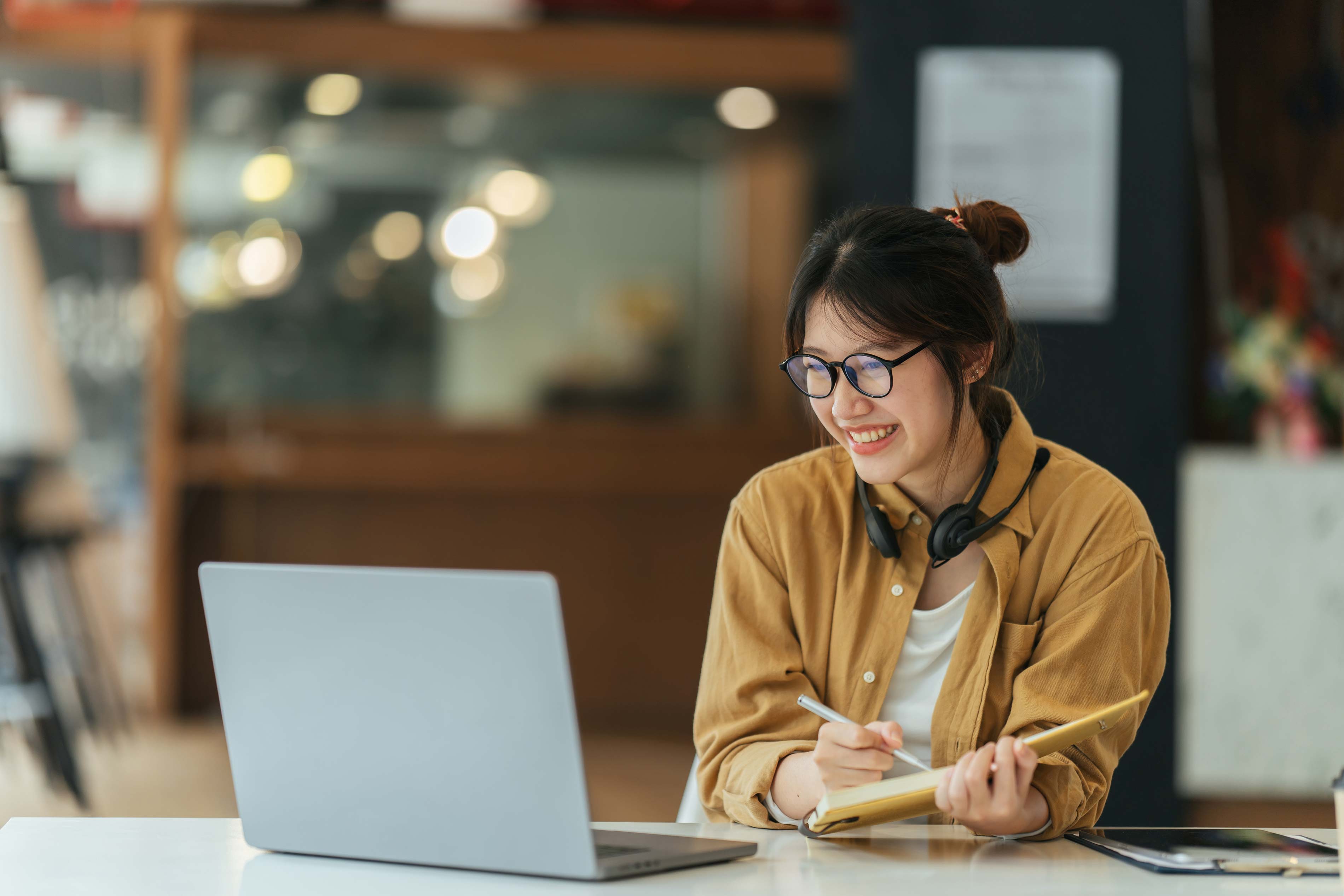Universal Design for Learning (UDL) is an educational framework based in brain science that supports all learners, including learners with disabilities. It leverages what we know about the brain networks involved in learning, to design inclusive and supportive learning environments and lessen common barriers to learning.
UDL Strategies
This resource presents strategies for getting started with the UDL framework, which is structured around the following three principles:
Multiple means of representation
The first principle supports the recognition networks—the what of learning—and entails providing students with choices on how to access course content. Moreover, you must ensure all materials are digitally accessible (to the senses) and understandable (in terms of comprehension).
Some practical strategies invoLve

Presenting content through more than one medium; for example, providing a transcript to accompany a video or audio recording, or an infographic to illustrate a concept that is also described with text.
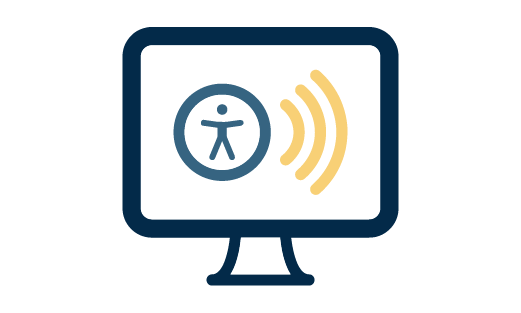
Ensure content is accessible for students with disabilities; for example, through adding alternative text to images, closed captioning for recorded videos, and live transcripts for Zoom sessions.
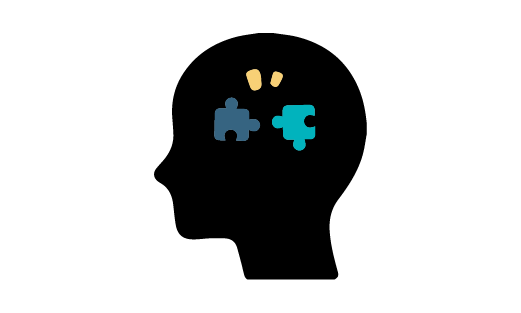
Help learners process content and make connections between concepts or parts by highlighting important ideas through language, visual organizers, or outlines.
Multiple means of engagement
The second principle supports the affective networks—the why of learning— to foster longer-lasting motivation. You want to make the learning experience meaningful, incorporate choice in the learning path, and tap into students’ beliefs and values.
Some practical strategies involve
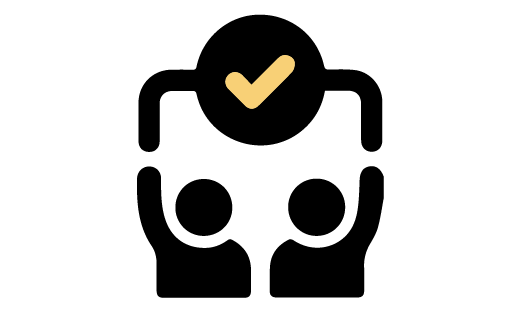
Involving students in designing a grading rubric for a graded assessment.
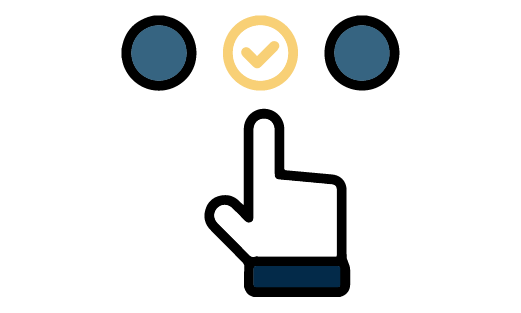
Allowing students to select a presentation topic in line with learning goals.
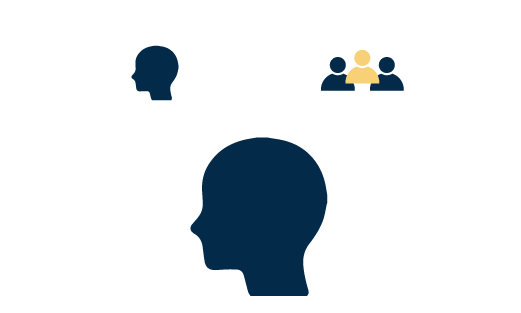
Allowing students to choose whether to work on their own, in pairs, or in small groups for a project (and selecting guidelines for group work).
Multiple means of action and expression
This principle supports the strategic networks —the how of learning. This involves allowing students to communicate and demonstrate their mastery and understanding through multiple means. The underlying goal is to support learners in growing from novice learners into expert learners who can help themselves, who are motivated, knowledgeable, resourceful, strategic, and goal-directed.
Some practical strategies involve

Allowing multiple formats for submitting an assignment, as long as the format is not tied to a learning objective. For example, a reflection on Existentialism could be submitted as a written essay or a video reflection, as long as the associated learning objective involves reflecting, and not writing specifically.

Incorporating opportunities for reflection on their own performance, and planning for their own learning, with your feedback.
Request Support
Our design services are available to all faculty from any of the four UM System campuses. So why wait? Let's get started today!
Getting Started | Plus+One approach
There are many ways to implement UDL-based strategies in the online learning environment. The UDL framework doesn’t have to be implemented in its entirety all at once to be effective. For example, when it comes to providing multiple assessment options, students have reported that two options is enough (O'Neill, 2011 as cited in O'Neill, 2022, 201).
So, how can you get started?
- CAST recommends a Mix-and-Match approach to incorporating UDL in an existing course. Start by identifying a specific, challenging learning goal, and pick and choose a few select UDL strategies from relevant checkpoints to lower barriers toward this goal.
- Thomas Tobin and Kirstin Behling (Tobin & Behling, 2018, 134) recommends a Plus-One approach, starting with a pinch point you have observed in your course, and providing just one additional option for students to engage with this problem area.
- Before you start, take a second to reflect: are you already doing UDL, unaware? Try the AHEAD UDL Scoring tool.
- Thomas Tobin’s Plus-One approach to UDL
- Identify your pinch point:
- Where do students always have questions or need more explanation? Where do they always get things wrong? That is your pinch point.
- Analyze your pinch point:
- Are your materials all in the same format? In assessments, are learners restricted to one single submission format? Are there options for learners to engage with the content?
- Address your pinch point:
- Can you add just one more option for students to access or engage with the learning material, or demonstrate mastery? For example: If learners are always confused by your text-based final project instructions: can you create a short video explaining the assessment, or provide a visual organizer to guide them through the steps?
- Identify your pinch point:
- UDL on Campus reminds us that the design process starts and ends with reflecting on the needs and desired outcomes of your learners, and selecting one specific checkpoint or strategy to address each of those needs.
- Tobin’s Plus-One approach can be applied at the course level when creating a new course. Instead of focusing on one single pinch point, consider which common online course areas have the highest impact on students’ learning, and start with that. Can you incorporate UDL strategies in your course syllabus, course logistics, goals and objectives, technology, or assessments? For example, can you add another option or method for students to contact you, or for them to access course materials? (Tobin & Behling, 2018, 243).
APPLYING UDL
Keep the learning going. Learn more about how to implement UDL in your course.
Sprint mini-courses
References
O'Neill, G. (2011). A Practitioner’s Guide to Choice of Assessment Methods within a Module. Dublin: UCD Teaching and Learning. http://www.ucd.ie/teaching/resources/assessment/howdoyouassessstudentlearning/
O'Neill, G. (2022). STUDENT CHOICE OF ASSESSMENT METHODS. In R. Ajjawi, J. Tai, D. Boud, & T. Jorre de St Jorre (Eds.), Assessment for Inclusion in Higher Education: Promoting Equity and Social Justice in Assessment (pp. 200-210). Taylor & Francis Group. https://www.taylorfrancis.com/books/9781003293101
Rose, D. H., Harbour, W. S., Johnston, C. S., & Abarbanell, L. (2006). Universal Design for Learning in Postsecondary Education: Reflections on Principles and their Application. Journal of Postsecondary Education and Disability, 19(2), 135-151.
Ryan, R. M., & Deci, E. L. (2017). Self-Determination Theory: Basic Psychological Needs in Motivation, Development, and Wellness. Guilford Publications.
Tobin, T. J., & Behling, K. T. (2018). Reach Everyone, Teach Everyone: Universal Design for Learning in Higher Education. West Virginia University Press.




